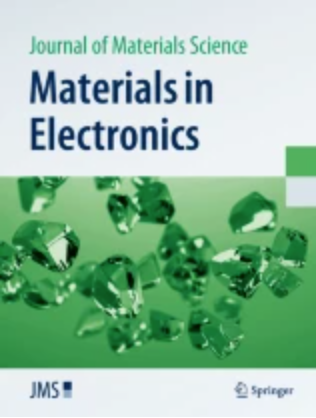Effect of sub-zero temperature on the reliability of SAC305/Cu nanocomposite solder joints
Abstract
The increasingly widespread use of lead-free solders in electronic devices implies the reliability of solder joints in a wide range of operating temperatures, which also extends to sub-zero temperatures. Based on previous positive results in the solder joints strengthening at elevated temperatures after addition of ceramic nanoparticles to the solder metal matrix, a study of the effect of nickel-coated nanosized SiO2 admixtures in lead-free Sn–3.5Ag–0.5Cu solders was carried out after longtime exposure to sub-zero temperatures. Coating of SiO2 nanoparticles with Ni was carried out by the surface modification method, which solved the problem of manufacturing composite solders associated with non-mixing of non-reactive oxides and metal matrix. The research focused on the microstructure and shear strength of the solder joints formed between the nanocomposite solder and two copper substrates, both at room temperature and after 4-month keeping at –20 °C. The results of experimental studies indicate that the addition of Ni-decorated nanosized ceramic impurities to the main solder matrix leads to a decrease in the growth rate of intermetallic layers in soldered joints. The data of tests carried out on samples after exposure to sub-zero temperatures showed no significant decrease in shear strength, demonstrating their effectiveness for soldering components in electronic devices that can operate in a wide range from sub-zero to elevated temperatures.

 求助内容:
求助内容: 应助结果提醒方式:
应助结果提醒方式:


